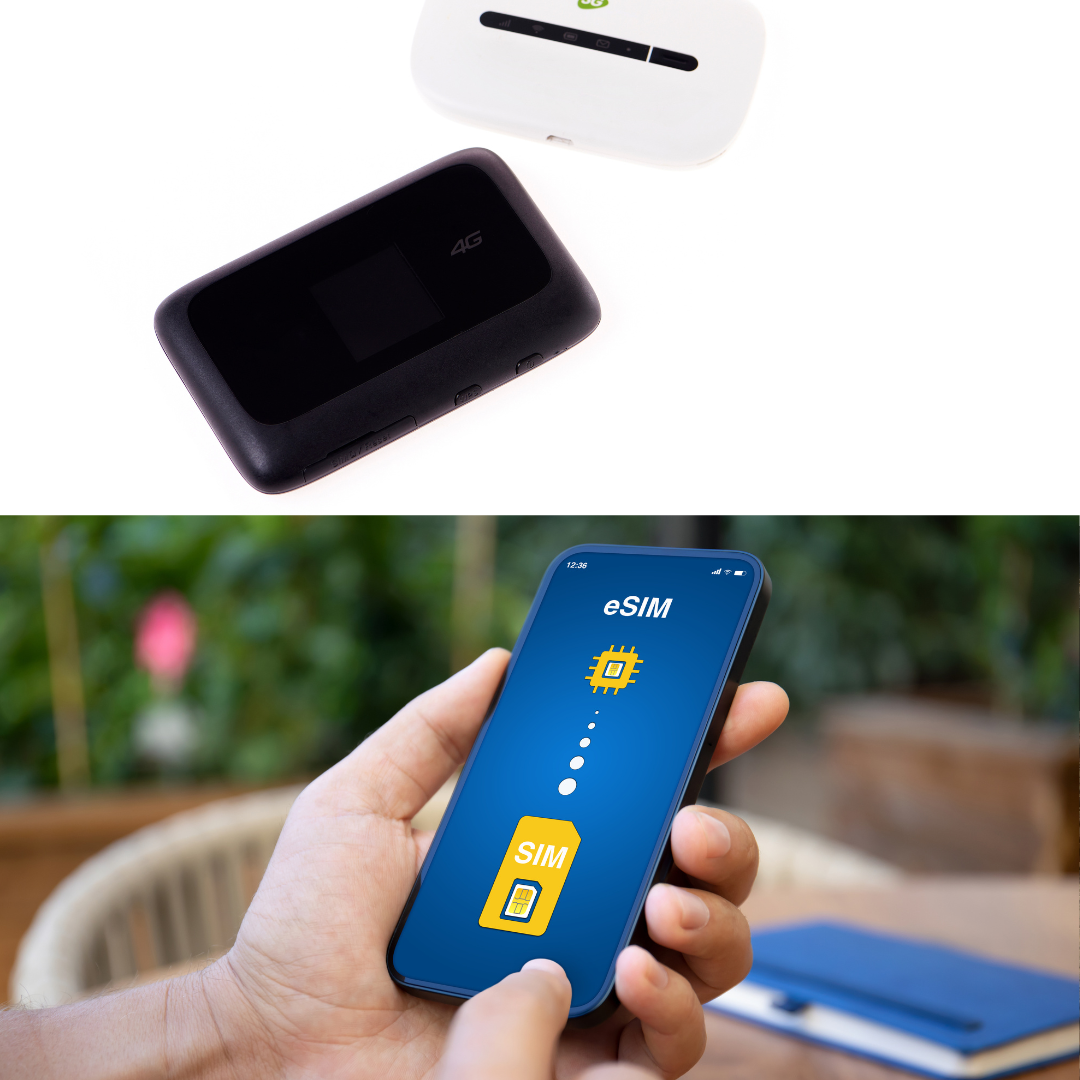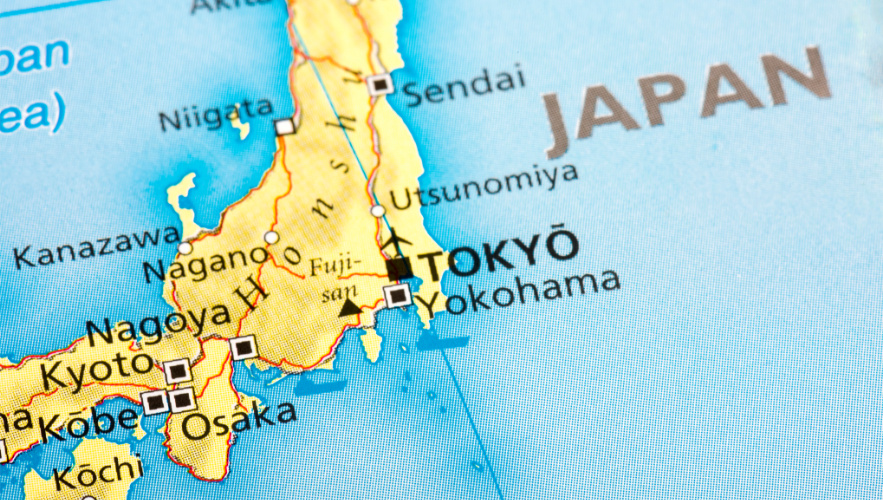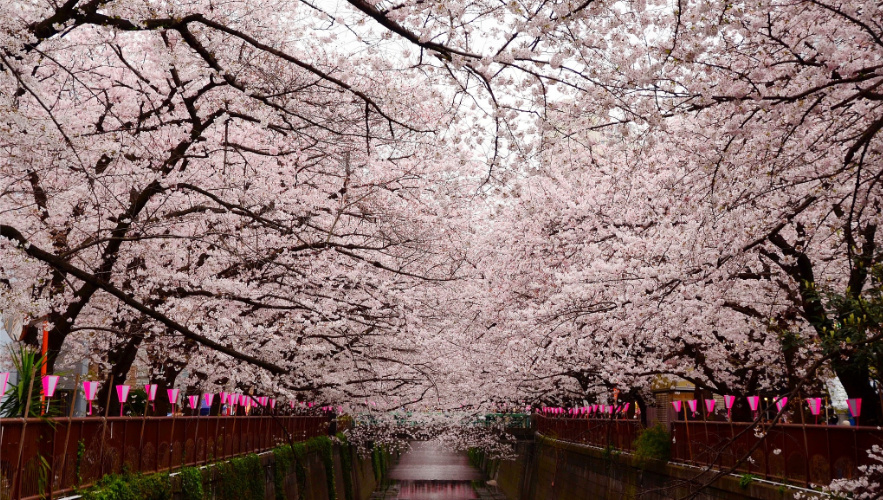Traveling to Japan offers an unforgettable blend of ancient tradition and modern innovation — from neon-lit cityscapes to tranquil temples and hot springs. However, before you can capture those perfect travel moments or charge your devices to navigate Tokyo’s bustling streets, one practical detail demands attention: the difference in plug types and voltage between Japan and Europe.
This comprehensive guide explains everything European travelers need to know about using electrical devices in Japan — from plug types and voltage compatibility to choosing the right Japan plug adapter and ensuring your devices stay safe and functional throughout your trip.
Overview: Japan’s Electrical System Explained
Before buying an adapter, it’s essential to understand how Japan’s electrical system differs from Europe’s.
1.1 Plug types used in Japan
Japan primarily uses Type A (two flat parallel pins) and Type B (two flat pins plus one round grounding pin).
In most hotels, cafes, and public places, you’ll find Type A outlets. Type B sockets are less common but still compatible with Type A plugs.

In contrast, European countries typically use Type C, Type E, or Type F plugs — all of which feature round pins. These European plugs will not fit Japanese sockets without a adapter.
Therefore, a Japan plug adapter for Europe is essential if you’re bringing European chargers, laptops, or appliances.
1.2 Voltage and frequency
Japan operates on 100 volts, while most European countries use 220-240 volts.
The frequency also differs:
- Eastern Japan (Tokyo, Hokkaido, Yokohama): 50Hz
- Western Japan (Osaka, Kyoto, Hiroshima): 60Hz
This lower voltage means that some European appliances will not function properly — or could be damaged — if used without a voltage converter.
1.3 Why voltage matters
If you plug a 230 V European appliance directly into a 100 V Japanese outlet (even with an adapter), it may:
- Fail to power on
- Operate inefficiently or weakly
- Overheat or become damaged
For small electronics such as phones, laptops, or cameras, this usually isn’t a problem, as most chargers today support “100-240 V, 50/60 Hz” universal input. Always check your device label to confirm this before departure.
Using a Japan Plug Adapter: What It Does and Doesn’t Do
A plug adapter only changes the shape of your plug so it can fit into a Japanese outlet. It does not convert voltage.
For example, a “Japan plug adapter Euriope” will let you insert your European plug into a Japanese Type A socket — but your appliance must still be compatible with Japan’s 100 V power supply.
If it’s not, you’ll also need a voltage converter.
Voltage Converters vs Plug Adapters
Understanding the difference between an adapter and a converter will help pervent costly mistakes.
| Function | Plug Adapter | Voltage Converter |
| Changes plug shape | Yes | No |
| Changes voltage | No | Yes |
| Suitable for laptops, phones, cameras | Yes | Yes |
| Suitable for high-power appliances (hairdryer, iron) | No | Yes |
| Lightweight and portable | Yes | Usually heavy |
In short:
- Adapter = for shape
- Converter = for voltage
If you devices are dual-voltage (100-240 V), you only need an adapter. If not, use a converter — or better, leave the device at home and use local options.
Plug Type Compatibility: Europe to Japan
European travelers usually carry one of the following plug types:
| Country | Plug Type | Compatible with Japan? |
| Germany, France, Spain | Type C / E / F | Needs adapter |
| Italy | Type L | Needs adapter |
| UK | Type G | Needs adapter |
| Switzerland | Type J | Needs adapter |
So, for any European plug, you’ll need an adapter that converts to Type A or Type B.
The besy choice is a universal travel adapter that supports multiple plug standards, includes USB-A or USB-C charging ports, and offers built-in surge protection. This not only works in Japan but also for future travels worldwide.
Device Compatibility: What Works and What Doesn’t
Before packing, check the input label on each device:
Works fine with just a plug adapter
- Smartphones and USB chargers
- Tablets and e-readers
- Laptops
- Camera chargers
- Electric toothbrushes (check model)
These devices typically read:
Input: 100-240 V, 50/60 Hz
That means they automatically adjust to Japan’s voltage.
Needs a voltage converter or should be left at home
- Hairdryers and straighteners (unless dual-voltage)
- Electric kettles
- Rice cookers or irons
- Heaters or electric blankets
These often only support 220-240 V.
Using them in Japan without a converter could cause malfunction or even fire hazards.
Buying the Right Japan Plug Adapter for European Travelers
When searching online or in stores, look for adapters labeled with “Japan plug adapter Europe”, “Type A adapter for Europe”, or “universal travel adapter (supports Japan)”.
Recommended features
- Compatibility with Type A/B plugs
- Input for Eurpoean plug (C/E/F/G)
- Built-in fuse or surge protection
- 2 or more USB charging ports (for phones and tablets)
- Compact and lightweight design
- Safely certifications (CE, UL, or equivalent)
Where to buy
- Before travel: Amazon, Best Buy, MediaMarkt, or other electronics retailers
- In Japan: Bic Camera, Yodobashi Camera, Don Quijote, or airport shops
Prices range from €5-€25 depending on quality and features.
Practical Tips for Using Adapters in Japan
7.1 At your hotel
- Many Japanese hotel rooms have only 2-3 outlets, often near the desk or TV area.
- Bring a multi-port USB charger or small power strip to charge multiple devices at once.
- Use hotel-provided hairdryers to avoid compatibility issues.
7.2 When charging multiple devices
You can plug one universal adapter into the wall and connect several gadgets using a multi-USB hub. This setup saves space and is safer than stacking multiple adapters.
7.3 Frequency difference
Japan’s eastern and western regions use 50 Hz and 60 Hz, respectively. Most electronics handle this automatically, but analog clocks, turntables, or certain motors might run slightly off-speed.
7.4 Buying electronics in Japan
If you purchase Japanese electronics to bring home, check that they support 220-240 V. Otherwise, you’ll need a step-down converter to use them safely in Europe.
Common Mistakes ti Avoid
- Assuming your plug will fit — European round pins do not fit Japanese flat-pin sockets.
- Ignoring voltage differences — using 220 V appliances directly in Japan can permanently damage them.
- Overloading hotel outlets — use surge-protected power strips when charging multiple devices.
- Buying adapters at the airport — they’re often overpriced; buy beforehand.
- Forgetting return compatibility — Japanese devices may not work in Europe later.
Quick Checklist for European Travelers
- Check each device’s voltage label (100-240 V = safe)
- Buy a Japan plug adapter that supports Type A/B
- Pack a USB charging hub or power strip
- Leave high-voltage devices at home
- Verify Japanese gadgets you buy can handle 220-240 V back in Europe
- Be Power-Ready for Japan
Planning your trip to Japan should be sushi, shrines, and scenic adventures — not about fried chargers or powerless phones.
Understanding the basics of Japan’s electrical system and investing in a reliable Japan plug adapter for Europe ensures that your electronics remain safe and fully functional throughout your journey.
For most modern travelers, a high-quality universal adapter and some quick voltage checks are all you need to stay connected and worry-free.
So before you board your flight, double-check your adapter, pack your chargers, and get ready to explore Japan — fully powered and fully prepared.




